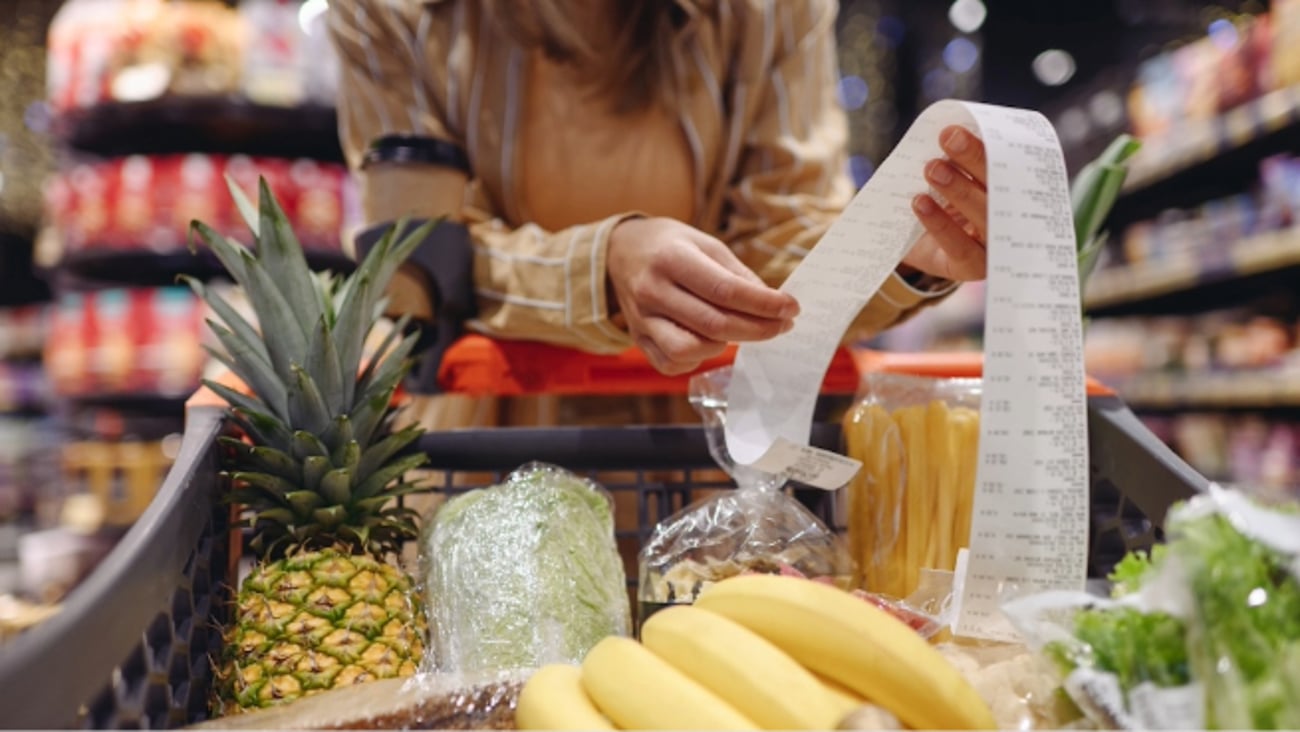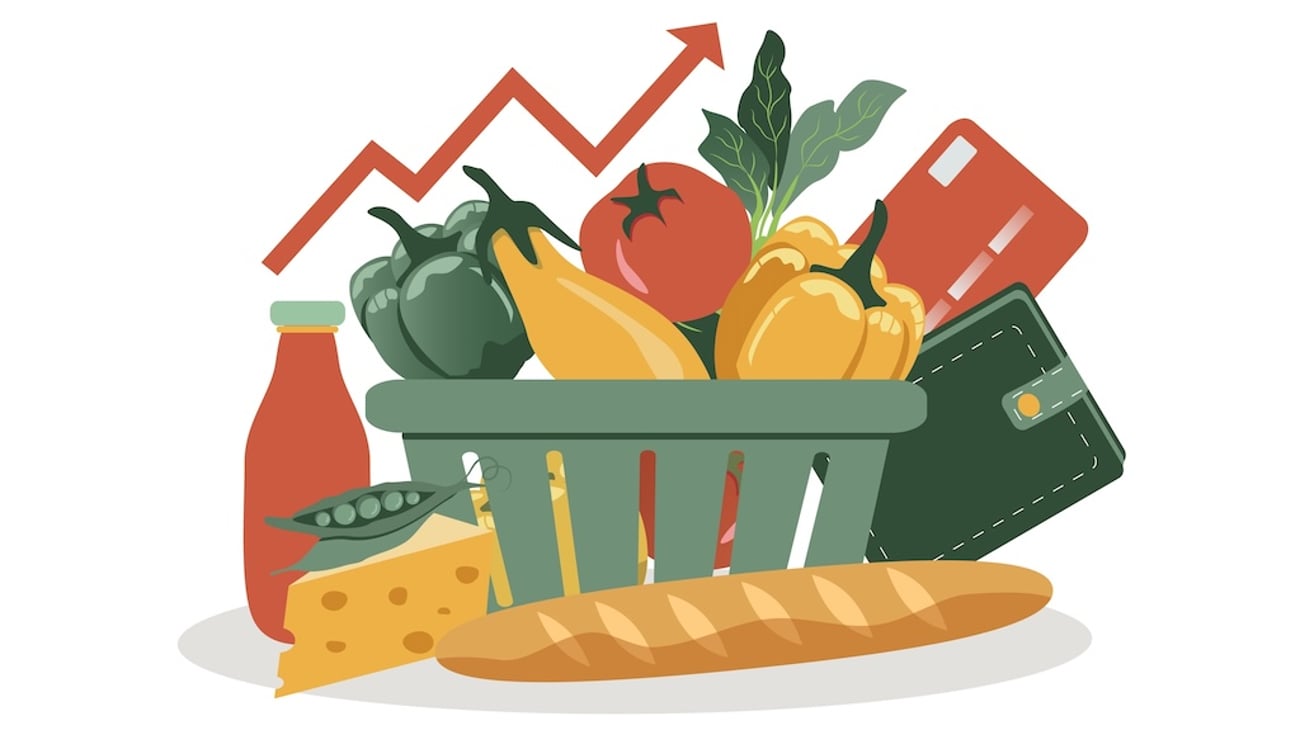'It’s time for the Canadian food industry to up its couponing game'
The food inflation rate in Canada in February was 7.4%, the largest yearly increase since May 2009. With the price of food skyrocketing, consumers are desperate to find new ways to save at the grocery store.
Both in the United States and Canada, consumers are increasingly using food rescue apps, going for the “enjoy tonight” deals, trading down on brands and product quality, and reading weekly flyers. But, one advantage U.S. consumers have in their savings toolbox that Canadians lack is a sophisticated couponing industry.
The inflation rate in the U.S. in February was 8.6%, but most households in the U.S. will receive numerous coupons every week. They are literally everywhere. Since the start of the pandemic, promotions in Canada, including coupons, are incredibly hard to find.
In the U.S, coupon stacking – using more than one coupon to purchase the same item – is a common practice allowed in many stores, while few stores in Canada would allow it. In fact, it is not unusual in the U.S. to get a product for free using coupon stacking. Stores in the United States will also double the value of coupons for certain days. And to make things even more interesting, using coupons on already discounted food products is also quite frequent in the United States, not in Canada. You can also get a credit in some stores if the value of your coupon is worth more than the product itself: say, if your product is worth one dollar and your coupon is worth two dollars, some retailers will give you a credit, just like cash. It's a different world.
Coupon clipping companies are driving the U.S. couponing industry. These are companies that clip, collect, and sell coupons to the public. People can actually go online and order as many coupons as desired. Empowering consumers with ways to save is embedded in the American way of life and allows consumers to save big at the grocery store.
In other words, given the options for saving, a food inflation rate of 8.6% in the United States is perhaps equivalent to 5% in Canada. With the lack of tools to save, Canadians are somehow held hostage by food inflation.
A recent survey from Dalhousie University suggests using coupons is the most popular cost-saving strategy consumers intend to follow at the grocery store in 2022. A total of 52.8% of Canadians intend to use coupons more often. People want to use more coupons, but understanding the conditions and compliance rules for using coupons can be quite overwhelming.
It’s time for the Canadian food industry to up its couponing game. Canadians need a break, but most important, the industry needs to show it understands consumers are feeling the pain and that it wants to help those on an incredibly tight budget. And since prices are only going to go up, Canadians will certainly appreciate the help.
Volume discounting is also an issue. Asking Canadians to buy at least three or four items at a time to save, when they only need one, is unpractical and problematic. Not only does it discriminate against single-person or single-parent households, but it is also getting people to buy more than they need, potentially generating more food waste. Promotional strategies need to get smarter.
Grocers and food manufacturers have supplied Canadians with decent high-quality products at affordable prices for many years. There are only eight countries in the world where people spend less than 10% of their household income on food, and Canada is one of them. But rising food costs are getting Canadians to look around for mitigating options, and the industry needs to show it’s willing to help.




